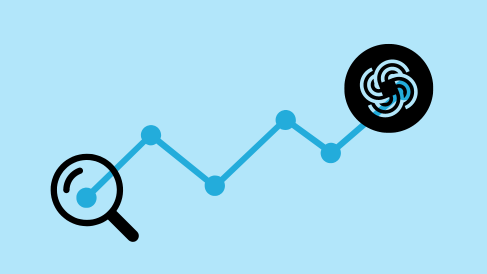Social media is no longer just a space for connection and entertainment—it has become a thriving marketplace. By 2025, this evolution is expected to reach new heights, with consumer purchasing trends heavily shaped by advancements in technology and platform features. From the rise of social commerce to the surge in influencer-driven purchasing, here’s a look at what businesses and consumers can expect in the near future.
The Rise of Social Commerce
By 2025, social commerce is predicted to account for nearly 17% of all e-commerce spending worldwide, a significant jump from previous years. Social media platforms like Instagram, TikTok, and Facebook have been integrating buying and selling features directly into their ecosystems. These platforms are no longer just marketing channels; they are becoming fully functional virtual storefronts.
Features like Instagram’s Shop tab, TikTok’s seamless checkout options, and Facebook Marketplace have blurred the line between scrolling and shopping. TikTok, for example, has introduced live-stream shopping events, enabling influencers and brands to showcase products in real-time. Consumers can click on products during these live streams and purchase them instantly—creating an effortless and interactive shopping experience. This shift reduces friction in the sales funnel, making transactions faster and more appealing.
The Power of Influencer Marketing
Influencer marketing is set to remain a dominant force in consumer purchasing decisions through 2025. Today’s social media users trust recommendations from influencers much like they would trust a friend’s endorsement. Studies have shown that over 60% of Gen Z and millennial consumers have purchased products based on influencer posts.
Micro-influencers, with their intimate and highly engaged audiences, are becoming as effective as mega-celebrities in driving purchases. These creators bring authenticity to the table, sharing relatable stories and honest reviews that resonate with audiences. Additionally, influencers are increasingly involved in co-branding and product collaborations, further influencing purchasing habits.
Big brands like Adidas and small businesses alike are working with influencers to build unique campaigns. Nike, for example, gained major traction through TikTok dance challenges created by influencers that included product placements. This trend highlights the ongoing fusion of entertainment and e-commerce.
AI-Powered Personalization
Artificial intelligence (AI) is playing an essential role in transforming social media shopping into a hyper-personalized experience. Algorithms now analyze user behavior, preferences, and past purchases to recommend products tailored to each individual.
Platforms like Facebook and Instagram use AI to provide “recommended for you” sections in their shops, featuring items you are most likely to buy. TikTok’s “For You” page offers custom advertisements and product content that align with users’ interests, creating a seamless discovery-to-purchase pipeline. By 2025, 75% of online shoppers are expected to rely on AI-driven recommendations to make buying decisions, thanks to their accuracy and efficiency.
AI is also making chatbots and virtual assistants smarter, offering real-time support to customers. Whether it’s answering questions about a product or suggesting items to complement a purchase, these tools are pushing social shopping closer to a personalized, concierge-style experience.
The Impact of User-Generated Content
User-generated content (UGC), including unboxing videos, testimonials, and customer reviews, will continue to be a key driver. Consumers place immense trust in content created by real people who have used the product. According to projections, 90% of online consumers will depend on user reviews before buying a product by 2025.
Platforms like TikTok are fostering this trend through hashtags like #TikTokMadeMeBuyIt, which has already led to countless viral product successes—from skincare items to home decor. These organic endorsements create a sense of community while driving massive sales spikes for brands. Businesses that encourage their customers to share content are likely to see better engagement and conversion rates.
Tips for Businesses to Leverage These Trends
To thrive in this space, brands must adapt and innovate. Here are some actionable tips to align with these 2025 trends:
- Prioritize Social Commerce Features
Ensure your business is leveraging platform shopping tools effectively. Create shoppable posts and integrate direct-to-checkout options wherever available. - Collaborate Strategically with Influencers
Partner with influencers whose audience aligns with your target market. Focus on authenticity and transparency to build trust with potential customers. - Harness the Power of AI
Invest in AI tools to personalize your marketing efforts. Recommendation engines, chatbots, and analytics tools can boost customer satisfaction and sales. - Encourage UGC
Actively request user feedback and incentivize customers to share reviews or posts featuring your product. Run campaigns that highlight authentic and relatable stories. - Go All-In on Video Content
Engage users through short, impactful videos showcasing your products, whether through tutorials, behind-the-scenes clips, or influencer collaborations.
Final Thoughts
The way we shop is evolving rapidly, and social media is leading the charge. By 2025, platforms like Instagram, TikTok, and Facebook will operate as powerful all-in-one hubs for discovery, engagement, and purchasing. The brands that succeed will be the ones that adapt to these trends early—leveraging a mix of personalization, influencer marketing, and user-generated content to remain competitive. Social commerce is no longer the future; it’s the present. Are you ready to elevate your business?








